This article was medically reviewed by Luba Lee, FNP-BC, MS. Luba Lee, FNP-BC is a Board-Certified Family Nurse Practitioner (FNP) and educator in Tennessee with over a decade of clinical experience. Luba has certifications in Pediatric Advanced Life Support (PALS), Emergency Medicine, Advanced Cardiac Life Support (ACLS), Team Building, and Critical Care Nursing. She received her Master of Science in Nursing (MSN) from the University of Tennessee in 2006.
There are 7 references cited in this article, which can be found at the bottom of the page.
This article has been viewed 94,921 times.
Ouch! Is that swelling and redness around your fingernail super painful and seem like it’s getting worse? Well, you may be suffering from a paronychia, commonly known as a hangnail infection. The good news is it’s pretty common and actually really easy to treat at home. Most of the time, an acute paronychia will clear up after about 5 days.[1] But if you’ve got a chronic paronychia, meaning it won’t get better or it just keeps coming back, you may need some medical treatment to help knock it out for good.
Steps
Safe and Effective Home Remedies
-
1Soak the infected area in warm water or an Epsom salt solution 2-4 times a day. Even though hangnail infections can be caused by exposure to water, soaking the infection in clean water can help the healing process. Fill a bowl or container with warm water and soak the infected area for about 15 minutes a few times a day until the infection goes away.[2]
- Add half a teaspoon (3 g) of Epsom salt to a small bowl of water to do a salt bath. If you use essential oils, try adding 2-3 drops of lavender or tea tree oil to the water, as well.
- Soaking the area can help soothe it and make it feel better as well.
- Make sure the water and container are clean so you don’t introduce any more germs into the wound.
-
2Trim the hangnail with sanitized fingernail clippers while your skin is soft. Wait until the skin around your hangnail is soft, such as after a hot shower or after you soak it in warm water. Take a fingernail clipper or a pair of nail scissors and apply rubbing alcohol over it to kill any germs and bacteria. Cut the hangnail off close to the normal skin level to remove it.[3]
- Cutting off the hangnail can help the infection heal more quickly.
Advertisement -
3Apply an OTC antibiotic ointment if the area is painful or swollen. Help your hangnail wound heal faster with bacitracin or polymyxin B (Neosporin or Neosporin + Pain Relief). Dab the ointment onto the infected area to kill bacteria and sooth the wound. Reapply the product 1-3 times daily or as directed on the label until your wound heals.[4]
- You can find antibiotic creams at your local drugstore or online. Read and follow the directions on the product you choose.
-
4Moisturize the affected area to keep it from drying out. Regularly apply moisturizing lotion or petroleum jelly to the affected area to keep your skin hydrated. Avoid using lotions with a high-alcohol or water content, which can dry your skin out more.[5]
- Dry, cracked skin can increase the likelihood of hangnails developing.
-
5Keep the infected area elevated as much as possible. Lie down and prop up the infected area as often as you can throughout the day.[6] Elevate your finger or toe above the level of your heart, which can help decrease swelling and pain.
- Use something like a pillow or a rolled-up towel to elevate your hand or foot.
-
6Use ice and OTC pain medication to reduce your pain. The infected area is likely to be painful and sensitive, so apply a cold ice pack to help numb and soothe the area. Take over-the-counter pain relievers as directed on the packaging to help reduce your pain while the infection heals.[7]
- Common OTC pain relievers include ibuprofen, acetaminophen, and naproxen.
Medical Treatments
-
1Take an oral antibiotic for bacterial infections. Some hangnail infections can be caused by bacterial infections. If that’s the case, your doctor may prescribe oral antibiotics for you to take to help fight off the infection. Take the antibiotics as directed by your doctor to treat your hangnail infection.[8]
- Don’t take antibiotics unless directed by your doctor.
- Your doctor can determine if your hangnail infection is caused by bacteria.
-
2Apply an antifungal cream for fungal infections. Many hangnail infections are caused by fungal infections. Apply an antifungal cream to the infected area as directed by your doctor to help clear up the infection and heal the wound.[9]
- Your doctor can prescribe an antifungal cream, lotion, or other medicine so you can pick it up from your local pharmacy.
- Follow the directions on the packaging about how to apply the cream as well.
-
3Use a topical steroid cream for a chronic hangnail infection. While antifungal creams were the main treatment for chronic hangnail infections, topical steroid creams may be more effective.[10] Spread the cream over the infected area according to the directions on the packaging to help it heal up.
- Topical steroid creams have to be prescribed by a doctor.
- Powerful topical steroids may not be prescribed for pregnant or breastfeeding women, or for very young children.[11]
-
4Call your doctor if you get a hangnail infection and you have diabetes. Diabetes puts you more at risk of developing chronic hangnail infections which can potentially turn into serious infections. If you get a hangnail infection and you have diabetes, contact your doctor as soon as you can for treatment.[12]
- Additionally, if you’re being evaluated for a hangnail infection, make sure you tell your healthcare provider that you have diabetes.
-
5See your doctor to drain pus if it builds up around your nail. It’s relatively common for pus to develop around your nail more severe hangnail infections, but it’s really important that you don’t try to drain it yourself. Visit your healthcare provider so it can be properly drained and treated so there isn’t a risk of damage or infection.[13]
- Your doctor may also remove a small part of your nail to help it heal properly.
-
6Go to a doctor if your hangnail infection lasts longer than a week. Most hangnail infections will clear up after about 5 days or so. But, if yours doesn’t seem to be getting any better after 7 days, make a visit to your doctor’s office for treatment.[14]
- Your doctor may need to perform minor surgery to treat your hangnail infection.[15]
-
7Seek emergency medical care if the infection starts to spread. If you develop a fever, or if there are red streaks in your skin running from the infected area, go to an urgent care facility or emergency room. If an infection spreads, it could be dangerous and needs to be treated as soon as possible.[16]
Hangnail Prevention
-
1Keep your nails trimmed but not too short. Use nail clippers to keep your finger and toenails neat and trimmed. But avoid trimming too far back or you could damage the skin and potentially cause an infection.[17]
- Make sure your nail trimmers are clean as well.
- Caring for your hands and nails greatly reduces your risk of hangnails, so make it a habit.
-
2Wear gloves when you’re working with water or harsh chemicals. If your hands will be exposed to water or irritants for long periods of time, put on a pair of rubber gloves to keep them protected. Make sure the gloves fit well and are clean as well.[18]
- For instance, if you work in a kitchen and have to wash a lot of dishes, you could potentially develop a hangnail infection. Keep your hands protected with a pair of rubber gloves.
- It can also help to dry off your hands regularly.
-
3Stop biting or picking your nails. Biting and picking your nails can damage the skin around them, which can potentially cause hangnail infections to develop.[19] Additionally, you could introduce bacteria into the area, which can also cause an infection.
-
4Avoid scraping back or trimming your cuticles. Your cuticles are the layer of clear skin at the bottom edge of your finger or toenails. When you’re grooming your nails, avoid trimming or scraping your cuticles, which can damage the skin and potentially cause an infection.[20]
-
5Change your socks every day. Socks can trap moisture and potentially cause a hangnail infection on one of your toenails. Put on a fresh pair of socks each day and change your socks if they get wet.[21]
- Avoid wearing wet shoes as well.
Warnings
- Never try to drain pus yourself or you could make the problem worse.[22]⧼thumbs_response⧽
References
- ↑ https://www.health.harvard.edu/a_to_z/paronychia-a-to-z
- ↑ https://www.health.harvard.edu/a_to_z/paronychia-a-to-z
- ↑ https://www.menshealth.com/health/a19547021/hangnail-treatment/
- ↑ https://www.aafp.org/afp/2008/0201/p339.html
- ↑ https://www.menshealth.com/health/a19547021/hangnail-treatment/
- ↑ https://www.health.harvard.edu/a_to_z/paronychia-a-to-z
- ↑ https://www.menshealth.com/health/a19547021/hangnail-treatment/
- ↑ https://www.health.harvard.edu/a_to_z/paronychia-a-to-z
- ↑ https://kidshealth.org/en/parents/paronychia.html
- ↑ https://www.ncbi.nlm.nih.gov/pmc/articles/PMC3884921/
- ↑ https://www.nhs.uk/conditions/topical-steroids/
- ↑ https://kidshealth.org/en/parents/paronychia.html
- ↑ https://www.health.harvard.edu/a_to_z/paronychia-a-to-z
- ↑ https://kidshealth.org/en/parents/paronychia.html
- ↑ https://www.ncbi.nlm.nih.gov/pmc/articles/PMC3884921/
- ↑ https://familydoctor.org/condition/paronychia/
- ↑ https://kidshealth.org/en/parents/paronychia.html
- ↑ https://www.ncbi.nlm.nih.gov/pmc/articles/PMC3884921/
- ↑ https://familydoctor.org/condition/paronychia/
- ↑ https://kidshealth.org/en/parents/paronychia.html
- ↑ https://familydoctor.org/condition/paronychia/
- ↑ https://kidshealth.org/en/parents/paronychia.html
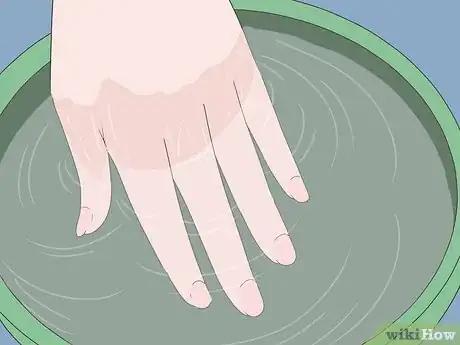
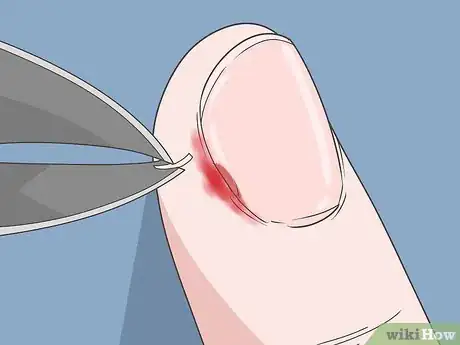
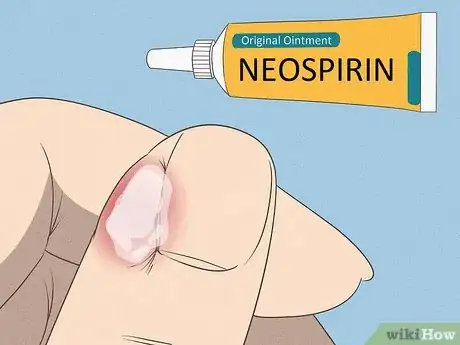
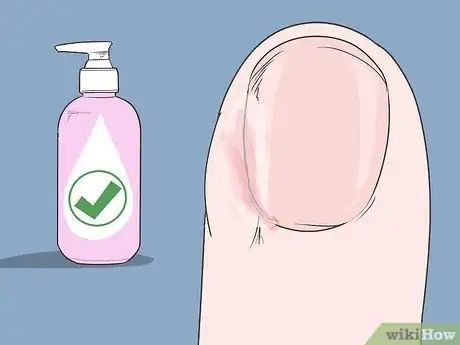
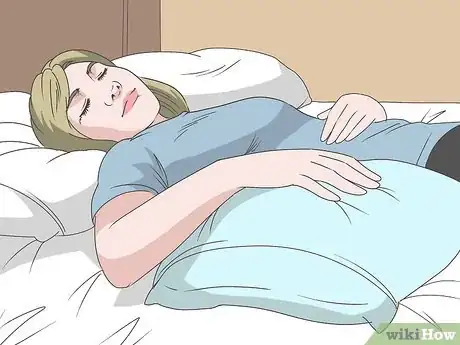
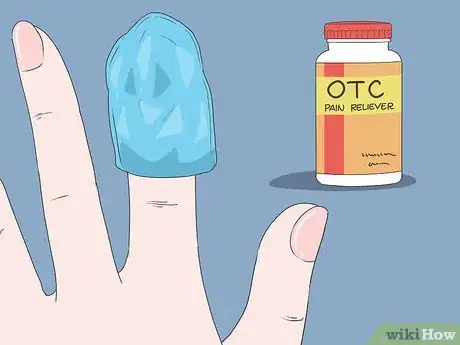
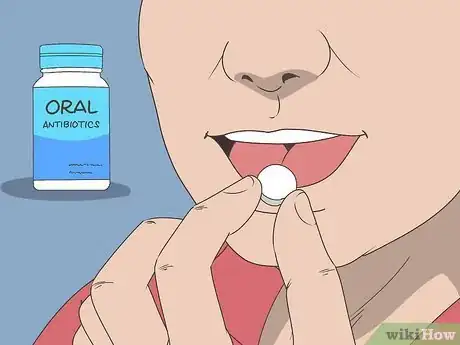
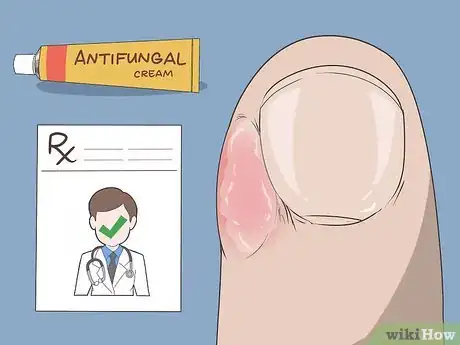
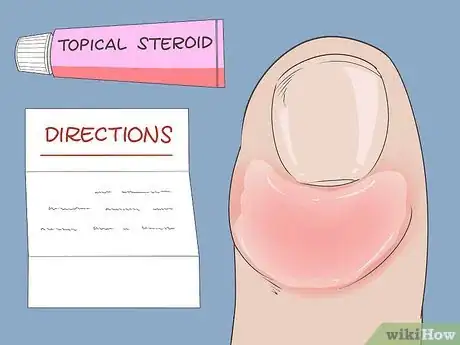
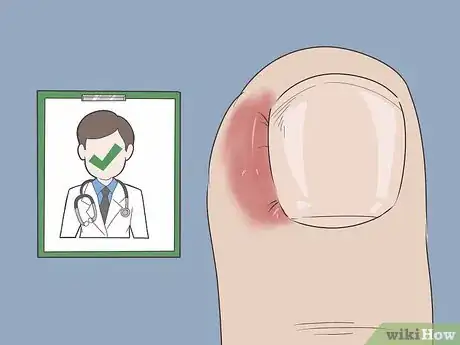
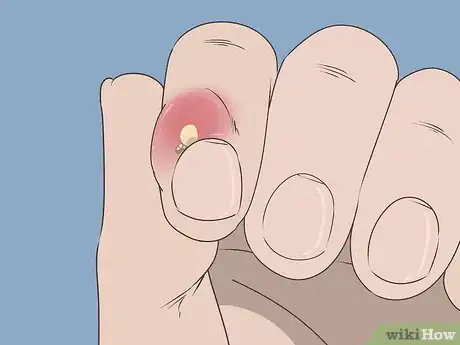
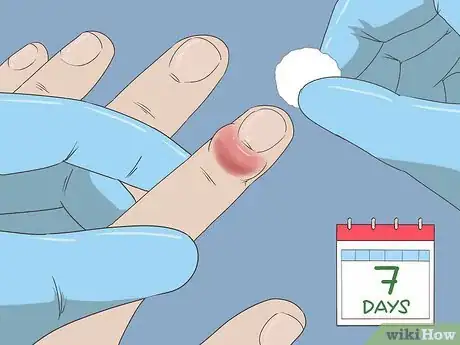
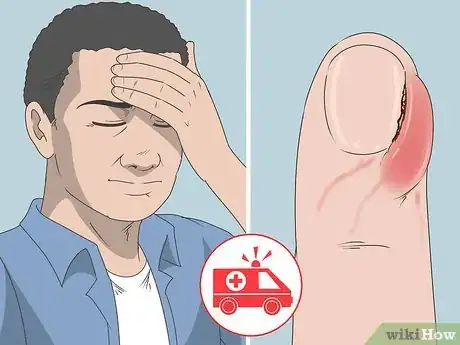
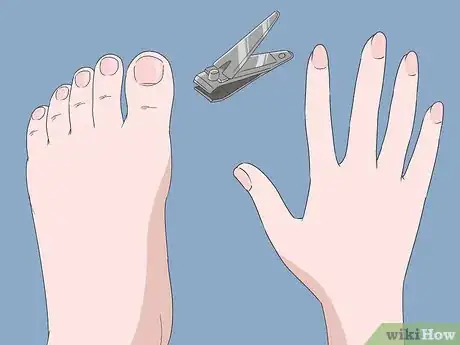
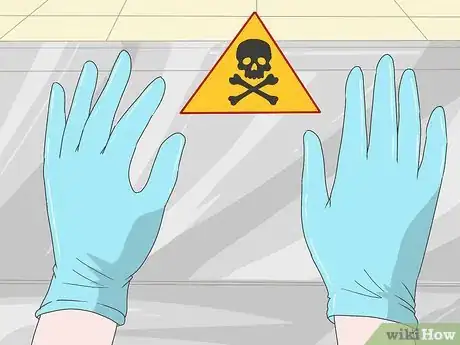
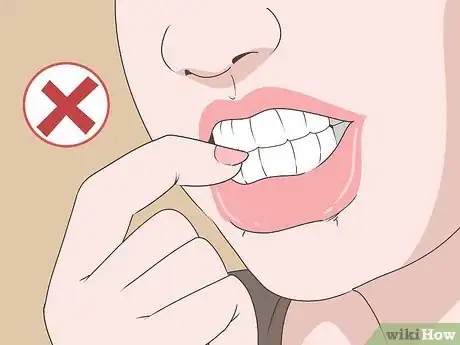
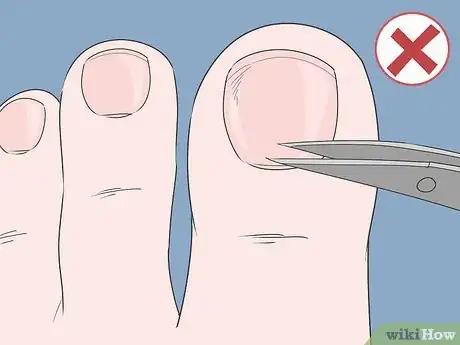
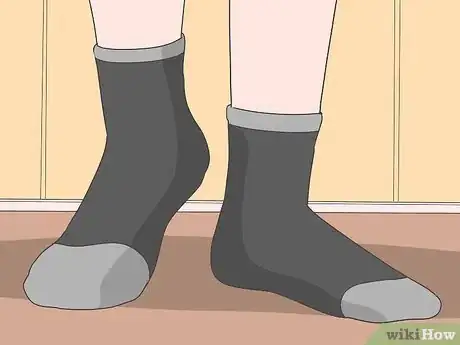
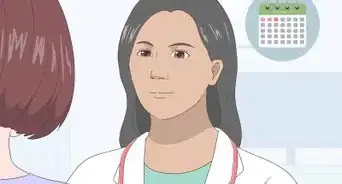
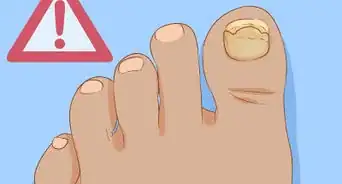
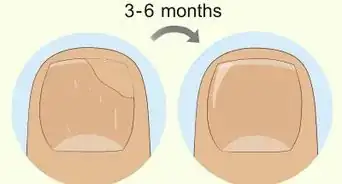
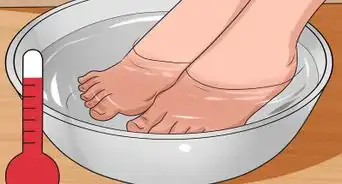
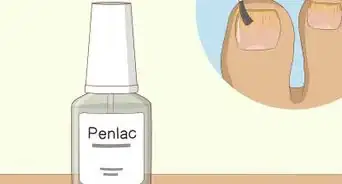
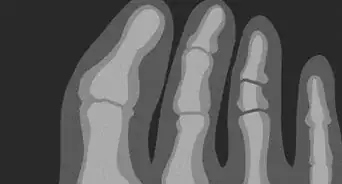
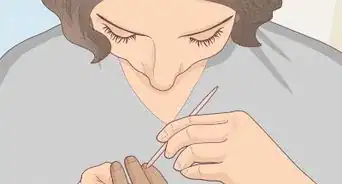
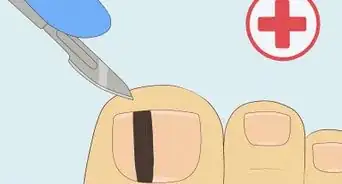
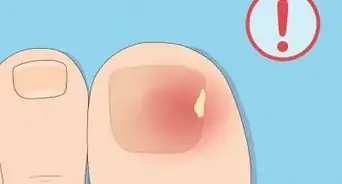
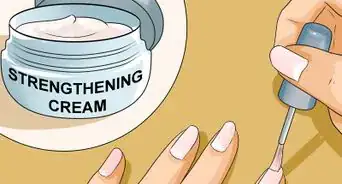
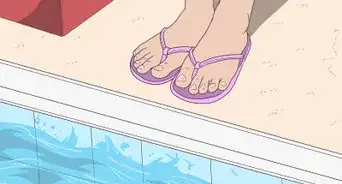









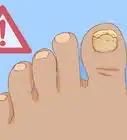
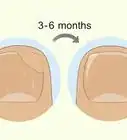




































Medical Disclaimer
The content of this article is not intended to be a substitute for professional medical advice, examination, diagnosis, or treatment. You should always contact your doctor or other qualified healthcare professional before starting, changing, or stopping any kind of health treatment.
Read More...